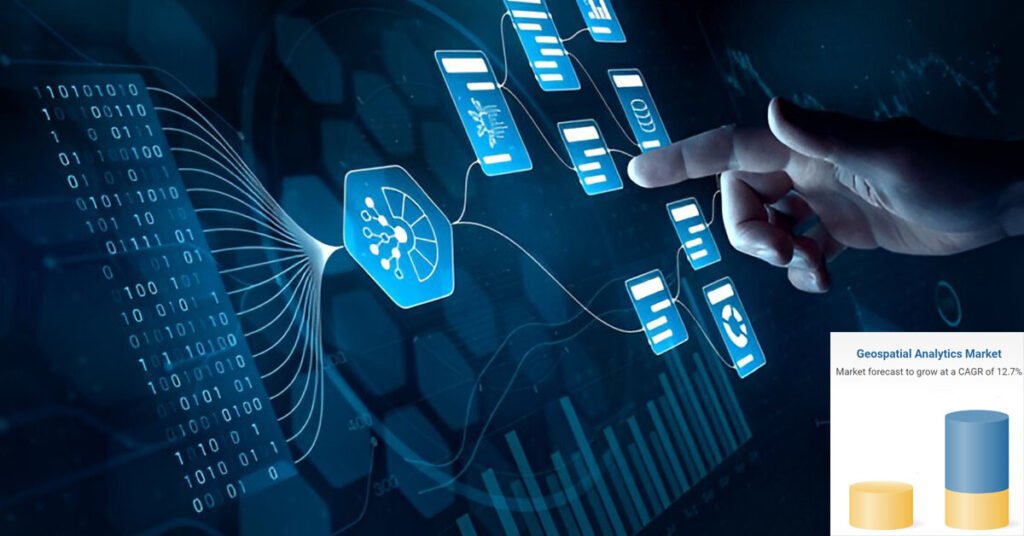
The Geospatial Analytics Market is on the verge of explosive growth, poised to reach a staggering $220.2 billion by 2033. The increasing demand for location-based insights across various sectors, from urban planning and transportation to agriculture and environmental monitoring, drives this rapid expansion.

Geospatial analytics involves analyzing data with a geographic or spatial component, such as location data, satellite imagery, and sensor readings. Organizations can gain valuable insights into spatial patterns, relationships, and trends by combining this data with advanced analytical techniques. This information can then be used to make informed decisions, improve operational efficiency, and address critical challenges.
At WeProspect.co, we understand the power of location intelligence in driving business success. We leverage advanced data analytics and market research methodologies to help businesses:
The future of the geospatial analytics market looks bright, with continued technological advancements driving innovation and expanding the scope of applications. As the volume of geospatial data grows exponentially, the demand for sophisticated analytical tools and expertise will increase significantly.
The geospatial analytics market is poised for explosive growth, driven by various factors, including technological advancements, increasing data availability, and growing demand across multiple sectors. By embracing geospatial analytics and leveraging its power, businesses can gain a competitive edge, improve decision-making, and unlock new growth opportunities.

